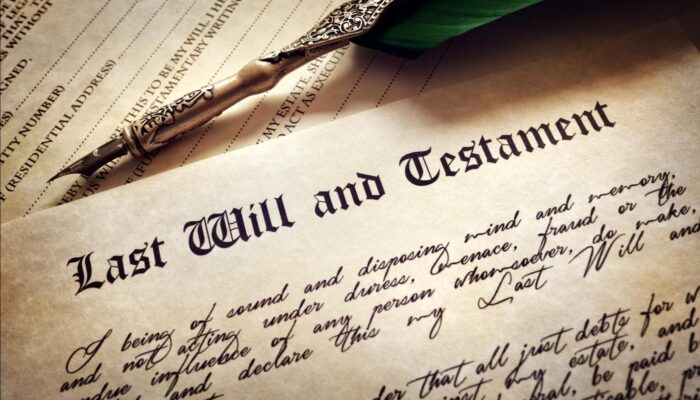Separation: When Exactly Does Community Property End in Calif
When does community property end in California? Is it at divorce or separation, and when exactly are two spouses (or future exes) separated?
It’s usually clear when a marriage and community property begin in California. That’s when people say, “I do.” But it can be much harder to tell when it ends.
Continue reading “Separation: When Exactly Does Community Property End in Calif”










